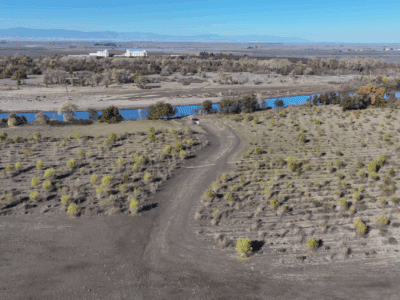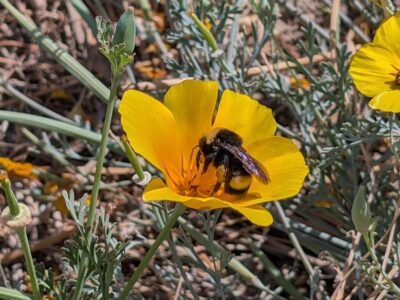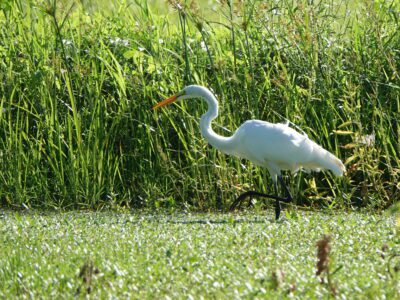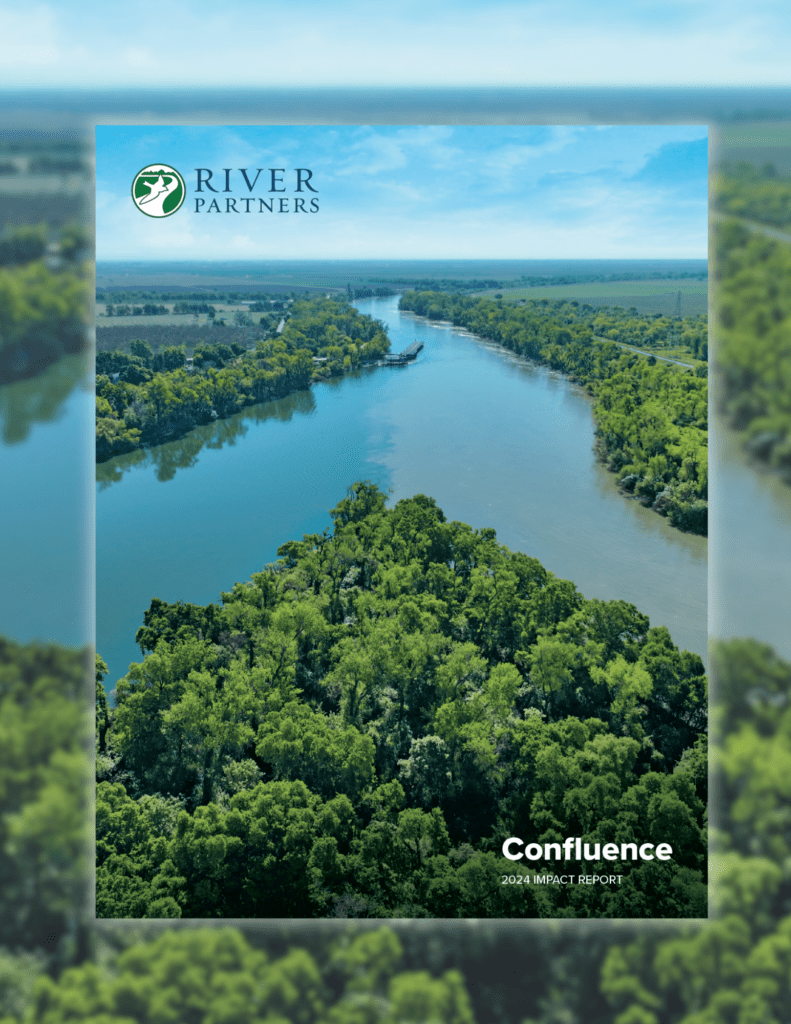
This article appeared in
River Partners’ 2024 Impact Report: Confluence
Please consider supporting our work with a donation.
We rely on support from individuals like you to fill a 20% gap in public funding and help us deliver every high-impact restoration project.
A generous donor has offered $20,000 to match gifts before year-end—meaning every dollar you give will go twice as far.
Climate change is driving extreme weather and flood events in California, with flooding frequency and intensity estimated to increase by up to 500% in some regions, threatening widespread damage to agriculture and communities. The economic cost of a catastrophic flood event could reach as high as $1 trillion and represent one of the costliest natural disasters in human history. The stakes couldn’t be higher, and the cost of inaction is too great to ignore.
Restoring the state’s most flood-prone riverways is a powerful, cost-effective, and proven solution to mitigate climate-driven disasters, from flooding to drought and more. However, when considering the value of riverway restoration, economics is just one part of the equation. Can you truly put a price on preventing a community from flooding, ensuring a clean water supply, or saving a species from extinction? Take salmon for example: California’s salmon industry may be valued at $1.4 billion, but does salmon’s worth determine their right to survive? What about monarch butterflies, snow geese, songbirds, or tule elk?
The beauty of a thriving planet transcends financial measures—it’s an essential part of our humanity. Landscapes we restore are inspirations, sources of solace, and connections to something greater than ourselves.
For some, restoration also means reconnecting with their cultural heritage. Every piece of land River Partners touches has been home to generations of people before us. We have a duty and interest in rekindling connections to the land and water with Native peoples.
Vice Chairwoman Malissa Tayaba of the Shingle Springs Band of Miwok Indians explains, “Having access to cultural landscapes we were once removed from gives us the opportunity to help heal the land, preserve our plant and animal ancestors, and restore salmon to these waterways.”
River Partners is honored to collaborate with Tayaba’s Tribe, who thrived in California’s fertile Central Valley for thousands of years before European contact. At Dos Rios Norte near Sacramento, River Partners and Shingle Springs are restoring 1,600 acres of natural floodplain at the confluence of Butte Creek and the Sacramento and Feather rivers.
In July, River Partners partnered with the Native-led nonprofit Redbud Resource Group to invite members of the Foothill Maidu community and other Tribes back to their ancestral homeland to gather Ja:lalu (elderberries) at a restoration site River Partners planted along the Feather River in 2020.
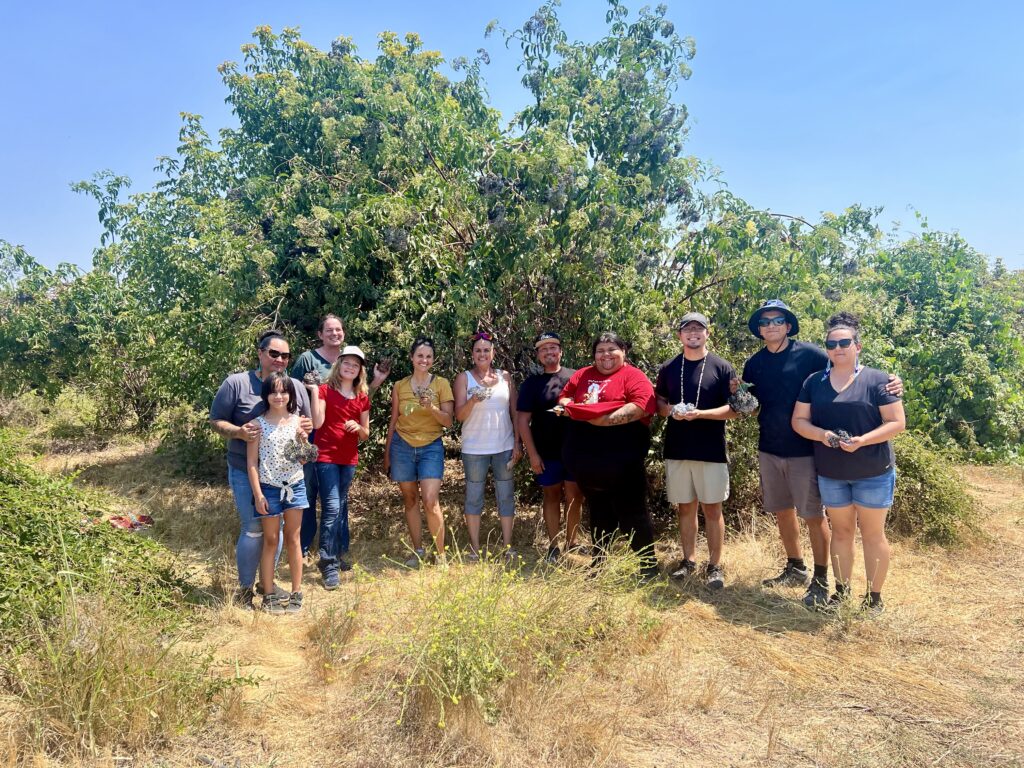
“This gathering allowed different generations of Maidu from various tribal communities to come together, reinforcing our communal bonds and reclaiming an important traditional Native staple food,” said Redbud Resource Group Executive Director Taylor Pennewell. “By being on our traditional lands, we not only reconnected with the land but also strengthened relationships with each other.”
This year, River Partners Director of Tribal Engagement and Nothern Sierra Mewuk Tribal member Austin Stevenot leads our partnerships with Tribes and Native peoples to ensure our work benefits Indigenous communities.“For me, it’s about being able to help our culture revive itself,” says Stevenot.
We’ve lost 95% of our riparian forests in this state since colonization. Along with that, we’ve lost 95% of the native culture, of the people. My hope is by putting these things back, we can start shifting in the other direction.
Austin Stevenot, Northern Sierra Mewuk, River Partners Director of Tribal Engagement
The “Sacrifice Zone”
The Central Valley, once a vast network of wetlands, rivers, and riparian forests stewarded by Native Californians, is now a “sacrifice zone” where habitat conditions are severely degraded. This transformation has pushed California’s biodiversity to the brink, with over 600 native species, including the Central Valley Chinook salmon, riparian brush rabbit, California tiger salamander, and San Joaquin kit fox, at risk of extinction. In the last 20 years alone, California has lost more than 1 million acres of natural habitat, and today the state holds the unfortunate distinction of having the most extensive—and most imperiled—biodiversity in the United States.
Our partnership with Tribes is part of a paradigm shift in natural resources management currently underway to right historic wrongs faced by California Native American peoples.

Despite the daunting hurdles to restore lost habitat and ensure a thriving future for wildlife and people, hope is not lost.
This year, the largest dam removal in U.S. history restored free flow to the Klamath River for the first time in 100 years, reconnecting more than 400 miles of habitat for critically imperiled salmon and other wildlife. Heritage Growers, River Partners’ nonprofit native seed venture, proudly supported the Yurok Tribe and Klamath River Renewal Corporation in their historic effort by providing tens of thousands of native plants and millions of native seeds to help renew the river.

In October, with the last of the four dams removed, salmon began returning to spawn in reaches of the Klamath River they had not had access to in over 100 years. Restoration of the Klamath would not have been possible without Tribes leading the way and showing what’s possible.
River Partners acknowledges the importance of Indigenous practices, knowledge, and connection to the land to recover and protect fragile biodiversity. Supporting Tribal access, land stewardship, and land and water return is a key strategy for recovering wildlife populations and building climate resilience.


